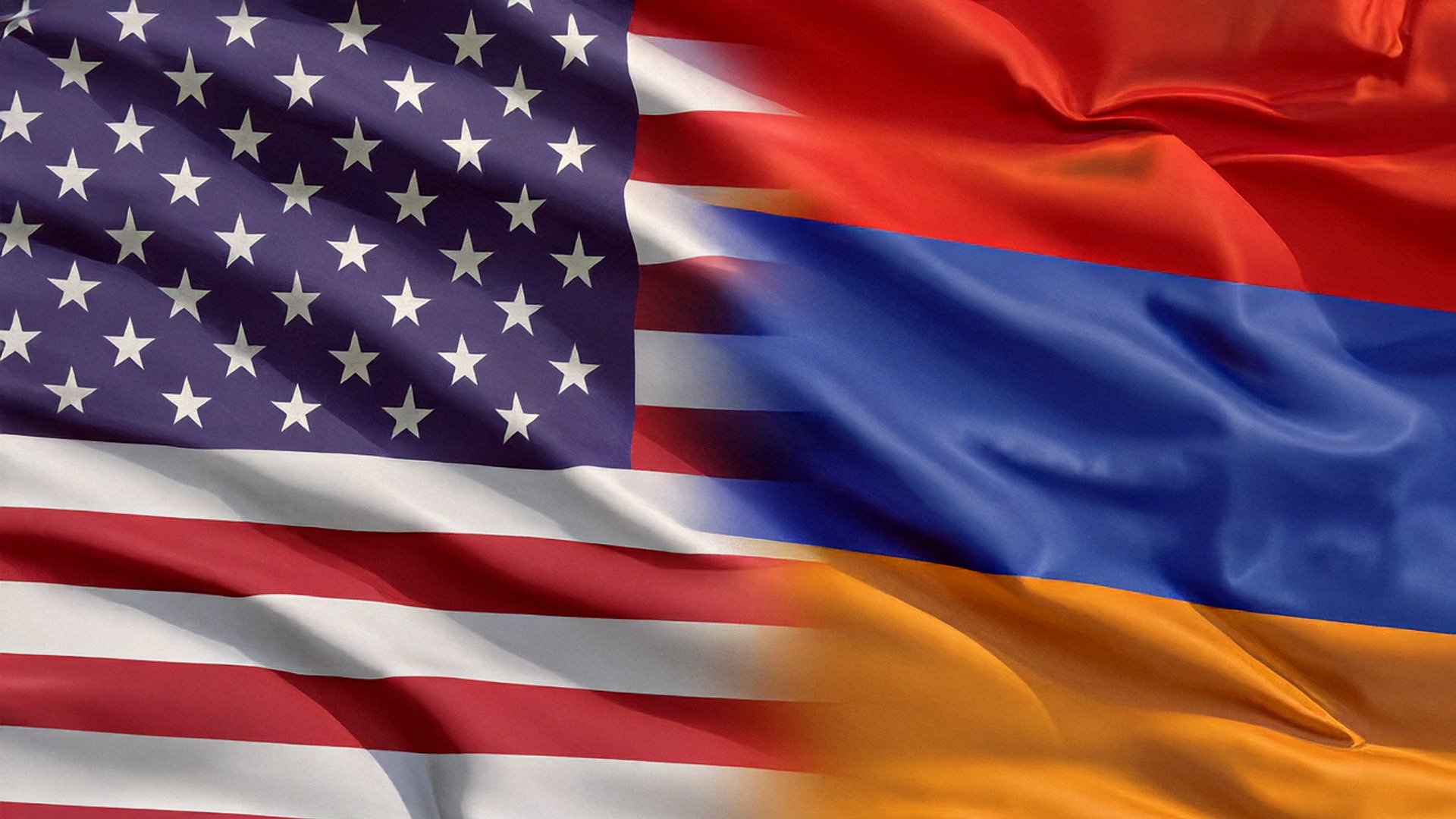
A Legacy of Friendship:
The USA & Armenia Through Time
19th Century
Late 1800s: American Missionary Presence
U.S. missionaries establish schools and religious missions in Armenia (then part of the Ottoman Empire), marking one of the earliest points of U.S.-Armenian relations. These missions focused on education and humanitarian aid for Armenians.
Source: Library of Congress
President Joe Biden Formally Recognizes the Armenian Genocide
On April 24, 2021, President Biden becomes the first U.S. president to officially use the term "genocide" to describe the mass killings of Armenians in 1915 by the Ottoman Empire. This is a significant moment in U.S.-Armenian relations.
Source: White House Statement
2025
U.S. and Armenia Sign A Strategic Partnership Charter
On January 14, 2025, the United States and Armenia signed a Strategic Partnership Charter in Washington, D.C., marking a significant enhancement in bilateral relations. This strategic partnership signifies Armenia's ongoing efforts to strengthen its relationships with Western nations, particularly in light of evolving regional dynamics.
Key Aspects of the Charter:
Shared Values: The charter emphasizes mutual commitments to democracy, sovereignty, and territorial integrity.
Economic Cooperation: It outlines plans to bolster economic ties, including initiatives to enhance trade, promote advanced technologies, and improve energy security.
Defense and Security: The agreement includes provisions for U.S. assistance in Armenia's military reforms, focusing on training and increasing interoperability with Euro-Atlantic institutions.
Source: U.S. Embassy in Armenia
1915–1923
American Humanitarian Efforts During the Armenian Genocide
During the Armenian Genocide, the U.S. plays a key role in providing aid to survivors through the Near East Relief organization, established in 1915. Over $100 million is raised to assist displaced Armenians.
Source: Armenian National Institute
1920
U.S. Recognition of the First Republic of Armenia
On April 23, 1920, the United States officially recognizes Armenia's independence, though this is short-lived due to Armenia's subsequent Sovietization.
Source: U.S. Department of State Historical Archives
1991
U.S. Recognition of Armenia's Independence
After the collapse of the Soviet Union, the U.S. officially recognizes Armenia's independence on December 25, 1991, establishing formal diplomatic relations.
Source: U.S. Department of State
1998
U.S. Condemnation of Pogroms Against Armenians in Azerbaijan
The U.S. House of Representatives acknowledges the ethnic violence against Armenians in Sumgait and Baku in the late 1980s.
Source: Library of Congress
2006
Millennium Challenge Compact
Armenia signs a $235 million agreement with the U.S. Millennium Challenge Corporation to support rural infrastructure and reduce poverty.
Source: Millennium Challenge Corporation
2019
2023
Congress Recognizes the Armenian Genocide
The U.S. House of Representatives passes Resolution 296, officially recognizing the Armenian Genocide. Shortly after, the Senate unanimously adopts a similar resolution.
Source: Congressional Records
1919–1920
Joint U.S.-Armenia Military Exercises
In September 2023, U.S. and Armenian forces conduct joint military exercises in Armenia, focusing on peacekeeping and regional stability.
Source: U.S. Embassy in Armenia
Armenian Refugee Crisis
The U.S. provides humanitarian aid to Armenia in response to the 2023 ethnic cleansing in Nagorno-Karabakh, assisting thousands of Armenian refugees.
Source: USAID
Woodrow Wilson and the Armenian Mandate at the Paris Peace Conference
At the Paris Peace Conference (1919), President Woodrow Wilson supported the creation of an independent Armenian state following the collapse of the Ottoman Empire. As part of the Treaty of Sèvres (1920), Wilson was tasked with arbitrating the borders of the proposed Armenian state (often referred to as "Wilsonian Armenia"). His vision included incorporating much of Eastern Anatolia into Armenia, granting the fledgling republic access to the Black Sea.
Source: U.S. State Department Historical Records
1988
Spitak Earthquake Relief
Following the 1988 Spitak earthquake in Soviet Armenia, the U.S. provides substantial humanitarian assistance, marking one of the first significant instances of modern U.S.-Armenian cooperation.
Source: U.S. Embassy in Armenia
1992
Humanitarian Aid and Economic Assistance
Armenia becomes one of the largest per capita recipients of U.S. aid, with programs supporting economic development, infrastructure, and democracy-building under the FREEDOM Support Act.
Source: U.S. Congressional Records
2001
2021
2015
U.S. Congress Reaffirms Support for Armenia
Congress appropriates significant funding for Armenia, including aid for infrastructure and earthquake recovery efforts, marking 10 years of bilateral relations.
Source: CRS Reports for Congress
100th Anniversary of the Armenian Genocide
U.S. legislators and officials commemorate the centennial of the Armenian Genocide. Although President Obama does not officially use the term "genocide," many U.S. politicians advocate for formal recognition.
Source: Armenian National Institute
